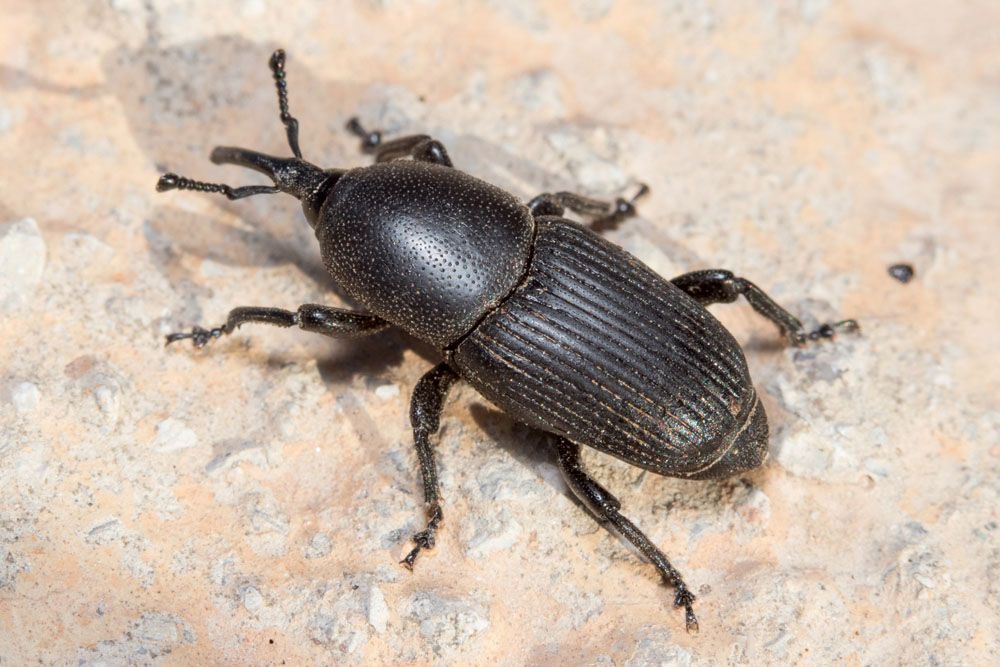
Agave Weevil – Scyphophrus acupunctatus
Agave Weevil (Scyphophrus acupunctatus)
Latin Name: Scyphophrus acupunctatus
Common Name: Agave Weevil/ sisal weevil,
Appearance:
The agave snout weevil, commonly known as the sisal, feeds on various agave species and can be especially harmful to bigger species such as century plants.
- Agave snout weevils are brownish-black beetles with a dull body that is about 6/10 inch (15 mm) long. As it befits a weevil, it features a prominent snout and gnawing mouthparts.
- The mature female enters the plant’s base to deposit eggs in the spring. These eggs grow into larvae (grubs) that feed on the succulent centre of the agave.
- The larvae, chewing mouthparts, develop in the dying plant, and pupate and frequently infect other agaves nearby. These symptoms are almost always associated with agave weevil infestations, and it is currently thought that this disease would not have developed if weevil damage had not occurred.
